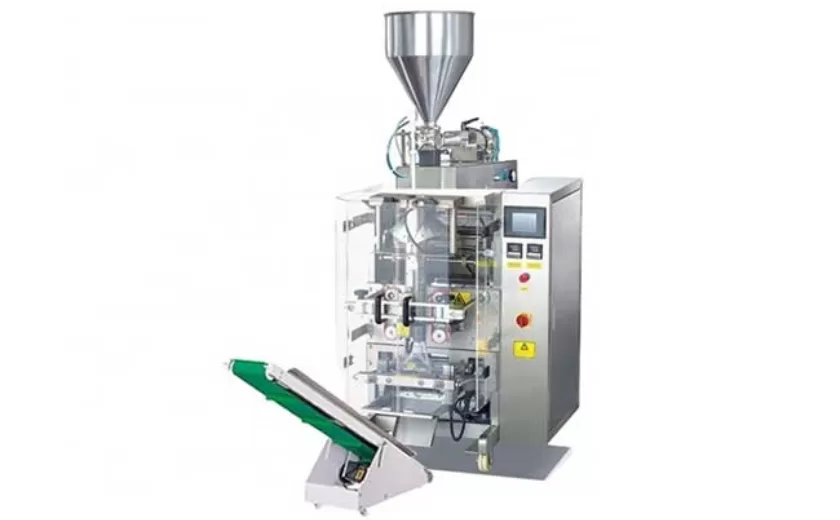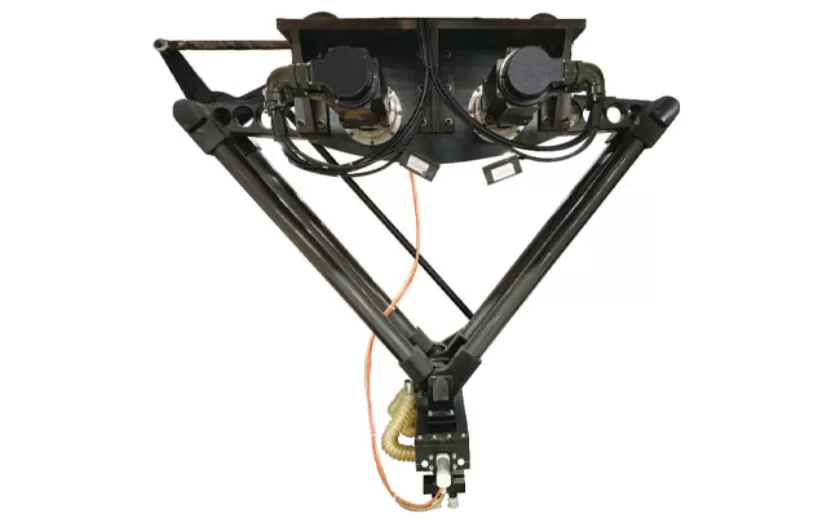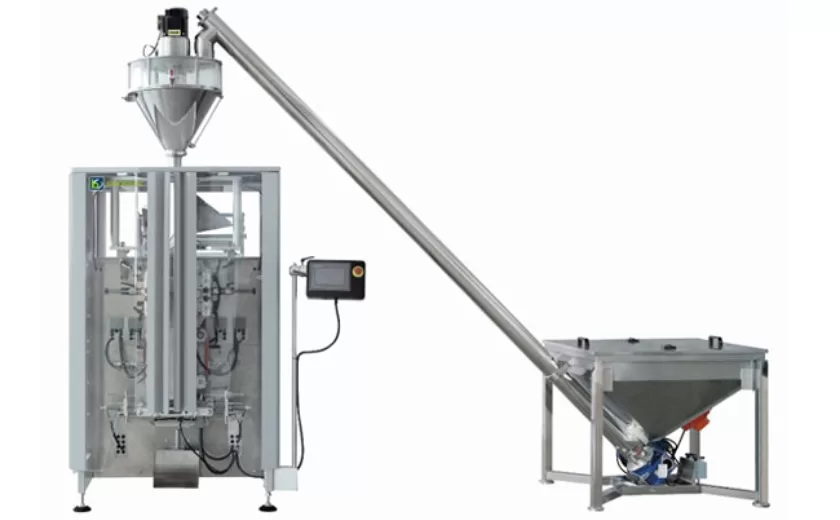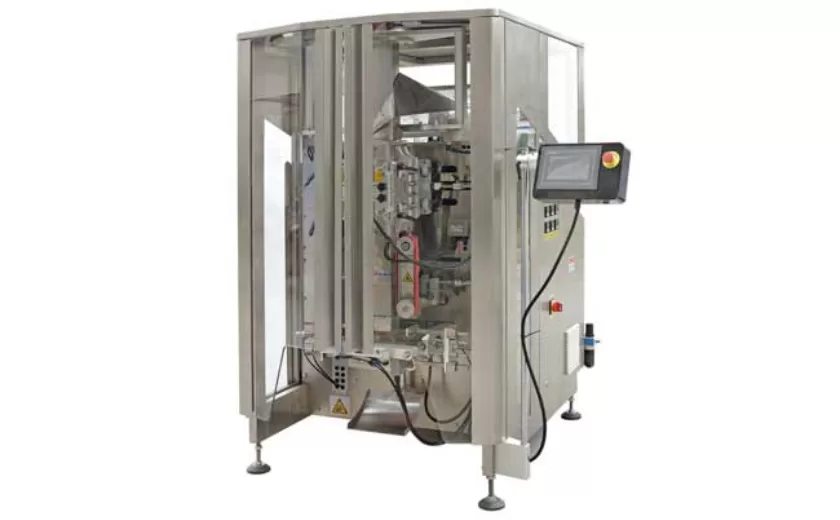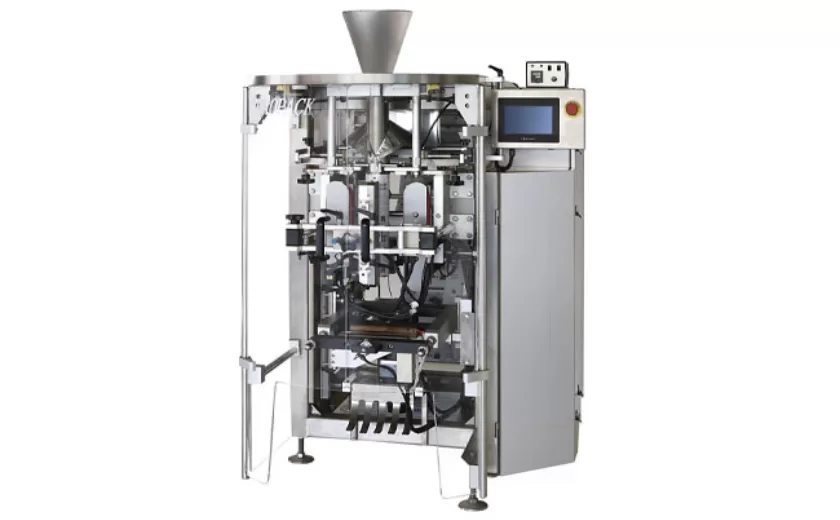Troubleshooting Common Issues with Liquid Pouch Filling Machines
Liquid pouch filling machines play a crucial role in various industries, including food, beverage, and pharmaceutical. Despite their technological advancements, these machines can encounter common issues that impact their performance and efficiency. To ensure seamless operations, it is essential to understand and troubleshoot these issues effectively.
Causes of Machine Malfunctions
Incorrect settings: Improper adjustments of filling parameters, such as volume, sealing temperature, and speed, can lead to inaccurate filling and sealing.
Air in the system: Entrapped air in the filling system can cause inconsistent filling, overfilling, or leaky packages.
Blockages: Debris or foreign objects can obstruct the filling nozzles or sealing jaws, hindering the proper operation of the machine.
Electrical malfunctions: Faulty wiring, loose connections, or component failures can disrupt the electronic control of the machine.
Mechanical issues: Worn or damaged parts, such as pumps, valves, or conveyors, can cause mechanical failures that affect the filling process.
Steps for Troubleshooting
1. Check Machine Settings
Verify that the filling parameters (volume, speed, etc.) are properly set according to the product specifications. Ensure that the sealing temperature and pressure are optimized for the packaging material.
2. Eliminate Air in the System
Bleed the air out of the filling system by activating the vacuum or degassing mechanism. Inspect the filling nozzles and ensure they are free of any blockages or leaks.
3. Clear Blockages
Inspect the filling nozzles, sealing jaws, and other machine components for any obstructions. Remove any debris or foreign objects that may be hindering the proper operation of the machine.
4. Diagnose Electrical Malfunctions
Check the wiring and connections for any loose or damaged components. Test the electrical components, such as sensors, actuators, and controllers, to identify any failures.
5. Inspect Mechanical Issues
If mechanical issues are suspected, inspect the pumps, valves, and conveyors for any signs of wear or damage. Lubricate moving parts if necessary and replace any worn or damaged components.
Additional Considerations
Regular maintenance: Regular maintenance, such as cleaning, lubrication, and calibration, helps prevent common issues and ensures optimal performance.
Operator training: Proper training for operators can minimize human errors and promote correct machine operation.
Parts availability: Having spare parts readily available ensures quick troubleshooting and minimizes downtime.
Technical support: Access to reliable technical support can provide assistance with troubleshooting and resolving complex issues.
Diagnostics: Utilize diagnostic tools, such as error codes and data logging, to identify and analyze issues effectively.
By understanding the causes of machine malfunctions and following these steps for troubleshooting, operators can effectively resolve common issues with liquid pouch filling machines, ensuring efficient and reliable packaging operations.
-
Advanced Packing Solutions: Snacks, Sugar, and Frozen Food Machines
29-10-2025 -
Efficient and Reliable Solutions for Salt, Nuts, and Frozen Dumplings Packing
29-10-2025 -
High-Performance Biscuits, Lollipop, and Ketchup Packing Machines for Modern Food Production
29-10-2025 -
Efficient Liquid Filling and Packing Machines for Modern Production
23-10-2025 -
Reliable Granule Packaging Machines for Efficient Production
23-10-2025 -
Efficient Auger Powder Filling Machines for Accurate Packaging
23-10-2025 -
High-Performance Liquid Filling and Packing Machines for Hygienic Production
10-10-2025 -
High-Efficiency Granule Packaging Machines for Precision and Speed
10-10-2025 -
High-Precision Auger Type Powder Filling Machines for Efficient Packaging
10-10-2025 -
Efficient Vertical Form Fill Seal Packaging Machines for Smart Production
10-10-2025





